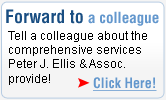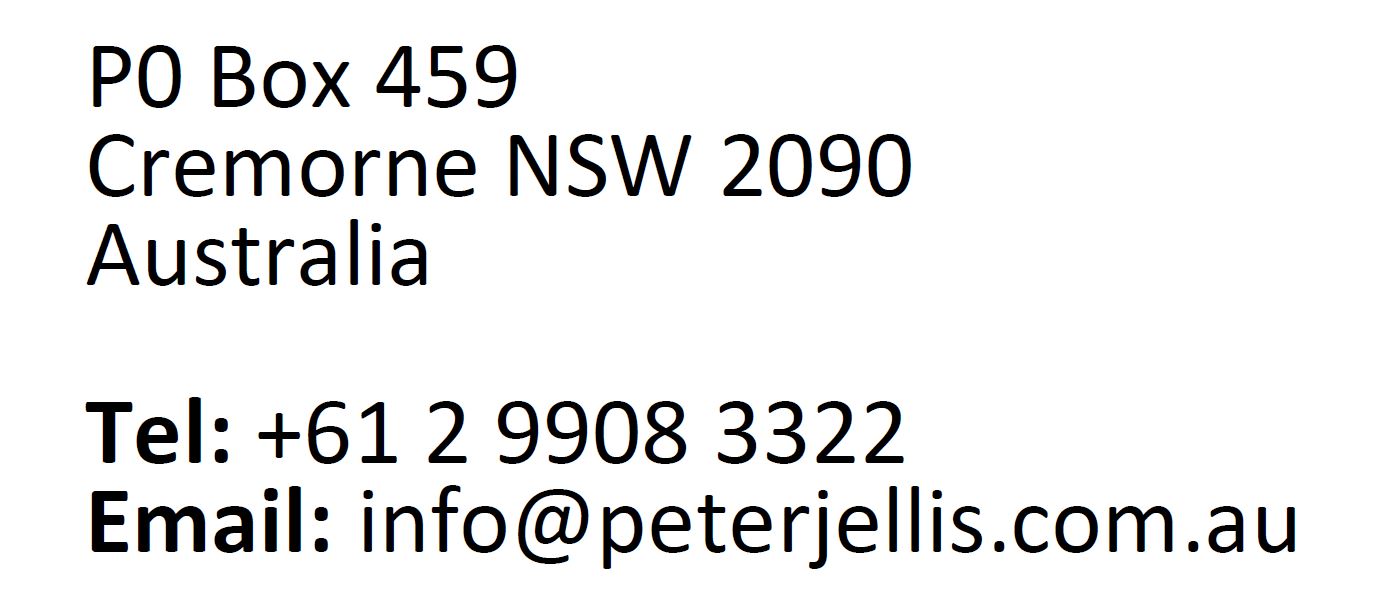
|


Facilities (Block) Layout Determination
| 1. |
Familiarization with the operational requirements, including all product volumes and planning parameters. |
| 2. |
Collection of all available (relevant) throughput data. Eg. Item Master Lists, Bills of Materials, Purchase Orders, Inventory Holdings, Reverse Inventory, etc. |
| 3. |
Identification of all activity centres. Eg. for Manufacturing this could include such activities as: Receiving, Parts Storage, Bending, Welding, Grinding, Painting, Sub-Assembly, Final Assembly, Work Cells, Despatch, etc. |
| 4. |
Preparation of Activity Relationship Diagrams for flow and non-flow activities. |
| 5. |
Preparation of Flow Process Diagrams. |
| 6. |
Preparation of Relationship Diagram. This combines which combines information from the two previous diagrams to document all of the associations present between all activities. |
| 7. |
Determination of Space Requirements for each activity. |
| 8. |
Development of Block options. These layout options normally show activity area envelopes (or work cells), but not necessarily each individual piece of equipment. |
| 9. |
Evaluation of the various options. This is usually done via a weighted comparison chart which includes many factors (material flow, supervision, storage, services, shared resources, etc) that are weighted and then scored for each option. The resulting totals give a good overall comparison indicator. |
Detailed Layout
| 10. |
Once a preferred layout is selected. We go to work detailing all of the internal components to each activity (or work cell). This may also include overlaying required services (E.g. power, data, compressed air, fume extraction, lighting, etc) It may also include locking locations for architectural requirements such as machine foundations or access doors (roller shutters, fire exits, etc). The other main area of detail is Materials Handling and Storage Equipment such as overhead cranes and racking systems. |
Procurement
| 11. |
Tender specification creation. After throughput analysis is completed and all of the hardware requirements are finalised, we generated the required tender specifications for the supply and installation requirements. These specifications are usually a performance based specification. We have found this style to be the most effective. It is detailed enough to specify the requirements, yet open enough to allow suppliers to adapt their own standard ranges to the need. We have no supplier partnerships. |
| 12. |
Tender evaluation and supplier selection. We conduct a tabulated evaluation of the supplier responses and make out recommendation to the client. Ultimately the decision lies with the client. |
| 13. |
Procurement / Order placement. All quotes and specifications are open-book, the client sees the purchase price. Procurement can be structured as required, direct from client to vendor or done by us. |
Implementation / Project Management
| 14. |
Gantt Chart creation. We can generate Gantt charts for the time / resource planning of future works as well as on-going tracking of implementation projects. These charts can vary (as required) from simplistic forecast planning charts or highly detailed to the point of managing deliveries to site and out-of-working-hours installations for minimising business impact. |
| 15. |
Project Management. We can take full responsibility for installation management of all equipment and hardware (Storage Equipment, Materials Handling Systems, etc). We have also acted as “Client Representative” for construction works associated with projects.
Our services have also extended to liaison with councils. We are able to manage and lodge DAs / BAs on behalf of our clients. This can involve coordinating several associated building areas (building plans, BCA compliance, environmental, demolition, construction, traffic planning, landlords, etc) |
General
Our proposals are structured into phases with clearly defined deliverables or milestones. This provides an opportunity for clients to get a feel for the way that we work together and the quality of deliverables.
We promote flexibility to clients. If there is a preferred level of documentation (E.g. for a board presentation) or desired level of staff interaction you are seeking (Operators / Management) we are happy to oblige. Some of our clients prefer face-to-face status meetings others favour email correspondence. We also recommend working full time on site with our clients for some stages within projects. We tailor our work to your needs.
|

